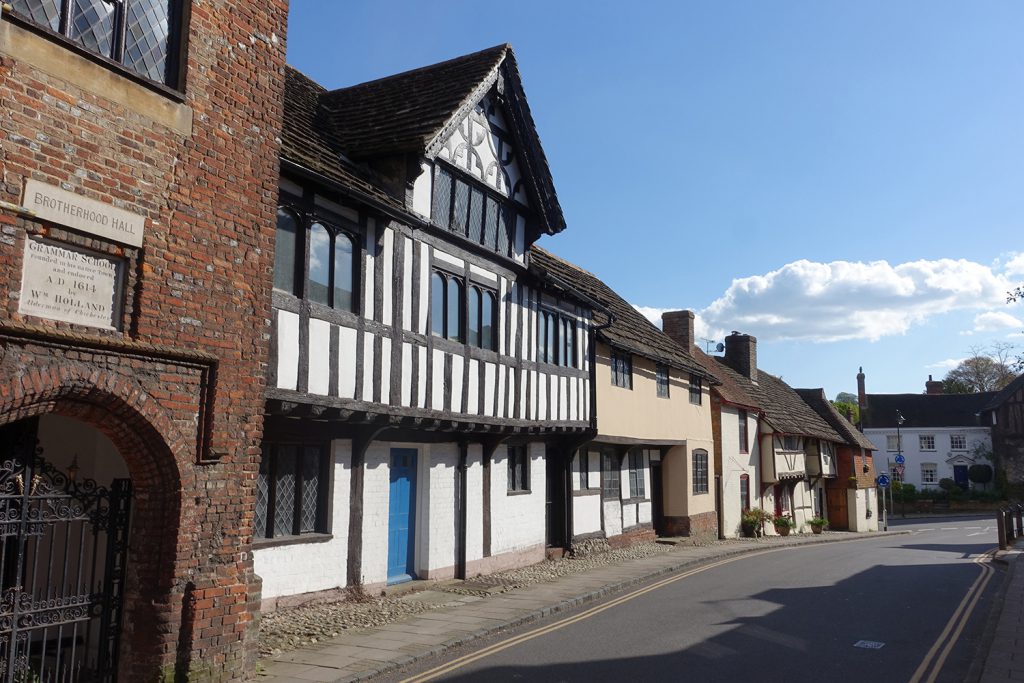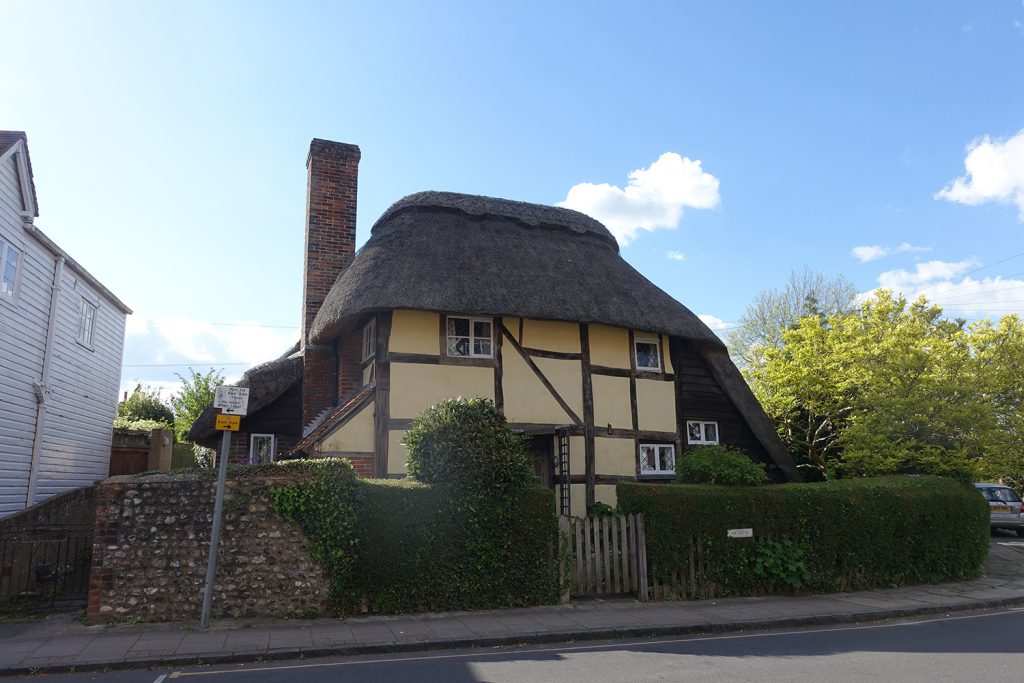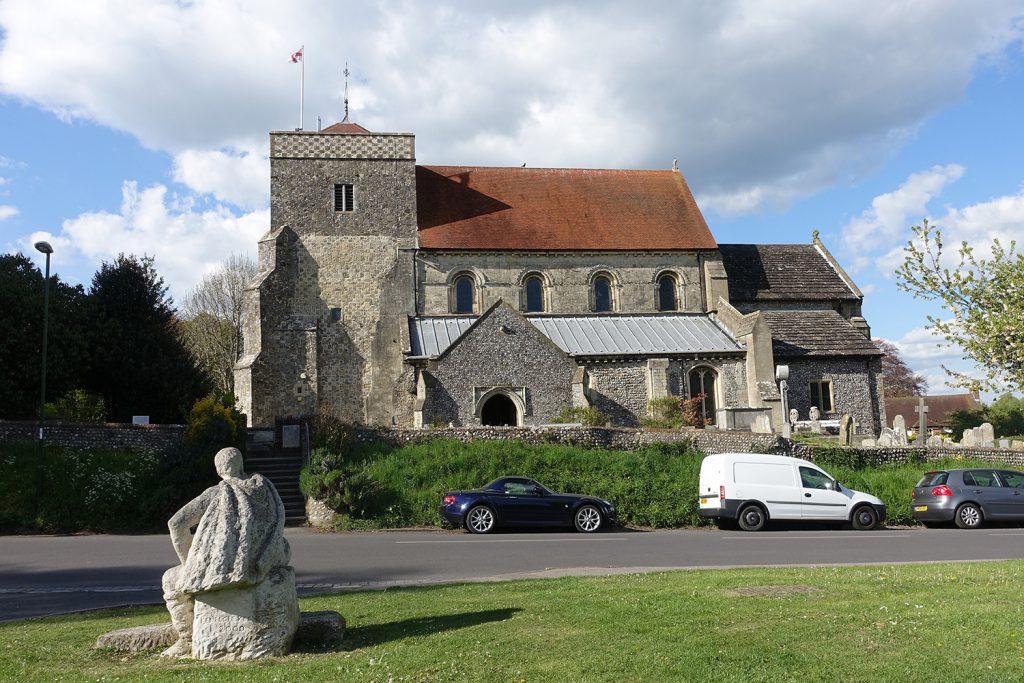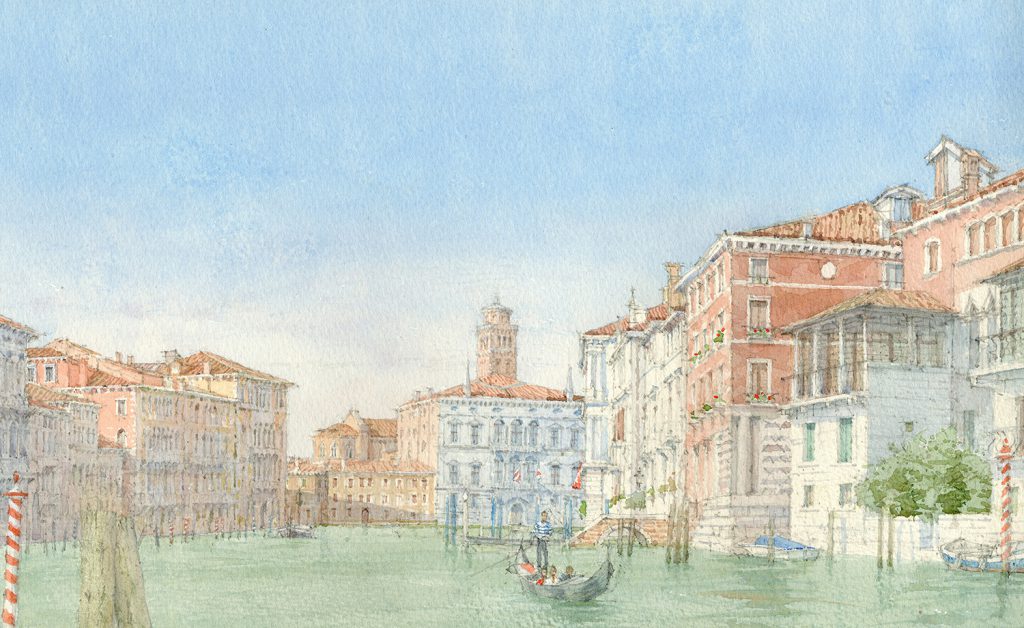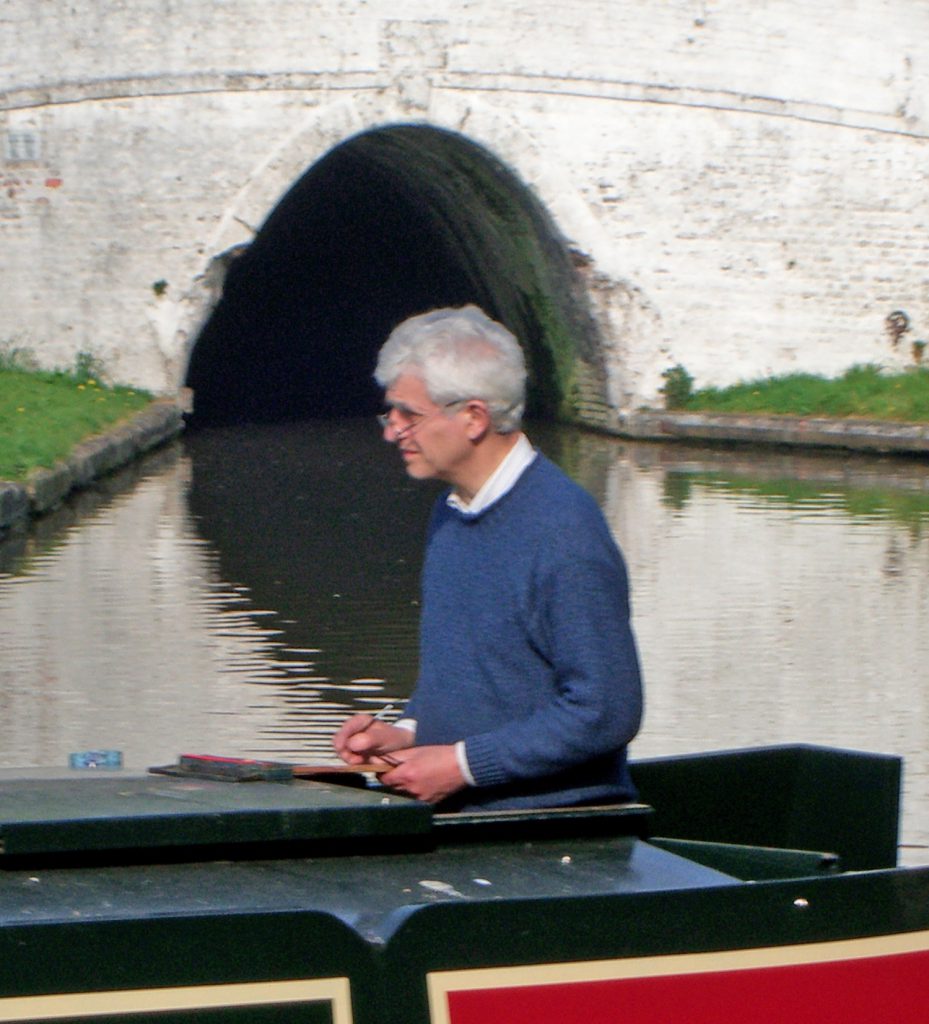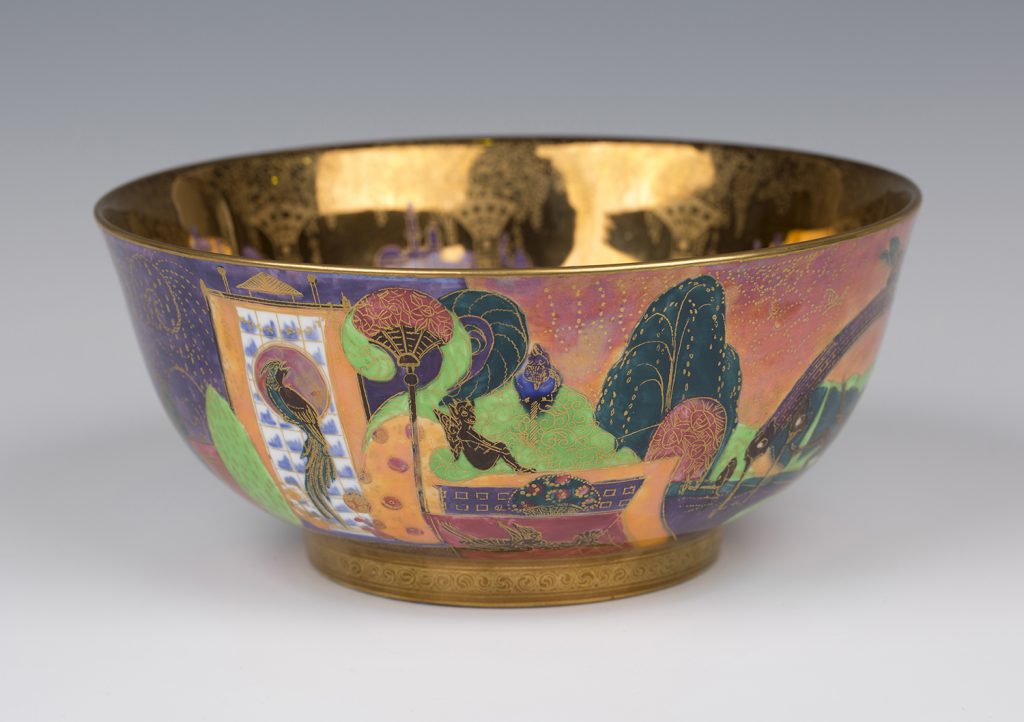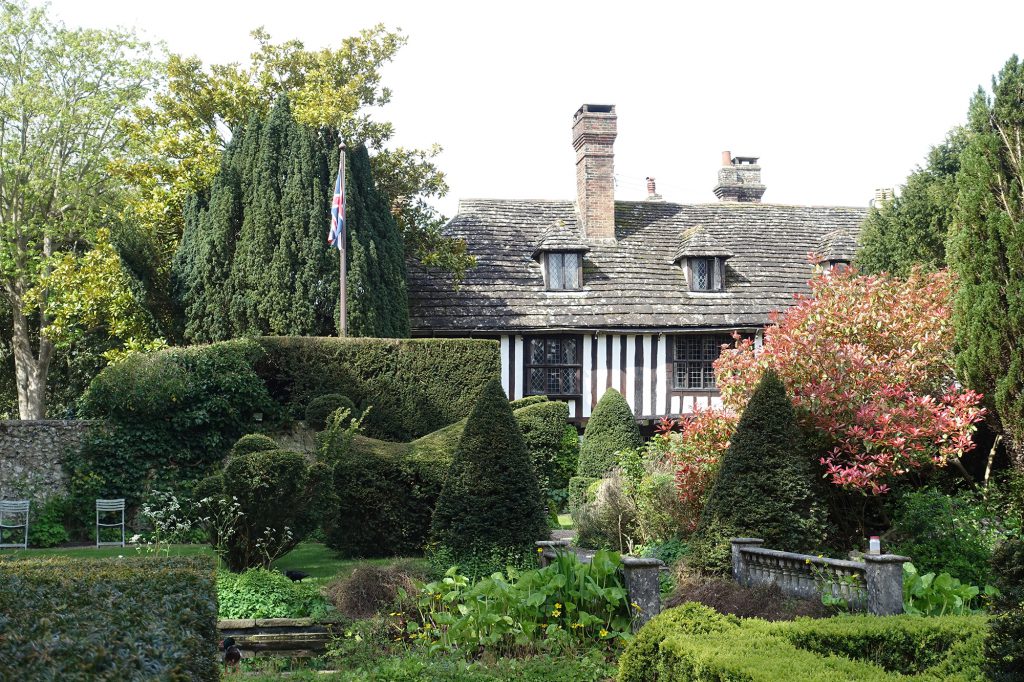
As you walk up the garden path through the beautifully clipped topiary St Mary’s House reveals herself. The close set vertical timbers and contrasting white panels reflect the light with a particular quality.
St Mary’s captured the imaginations of her current custodians and patrons, Peter Thorogood and Roger Linton, who bought the house and gardens in 1984. They have worked tirelessly and invested constantly in the house and gardens which were in some disrepair when they took them on. It has always been their express wish to open them to the public.
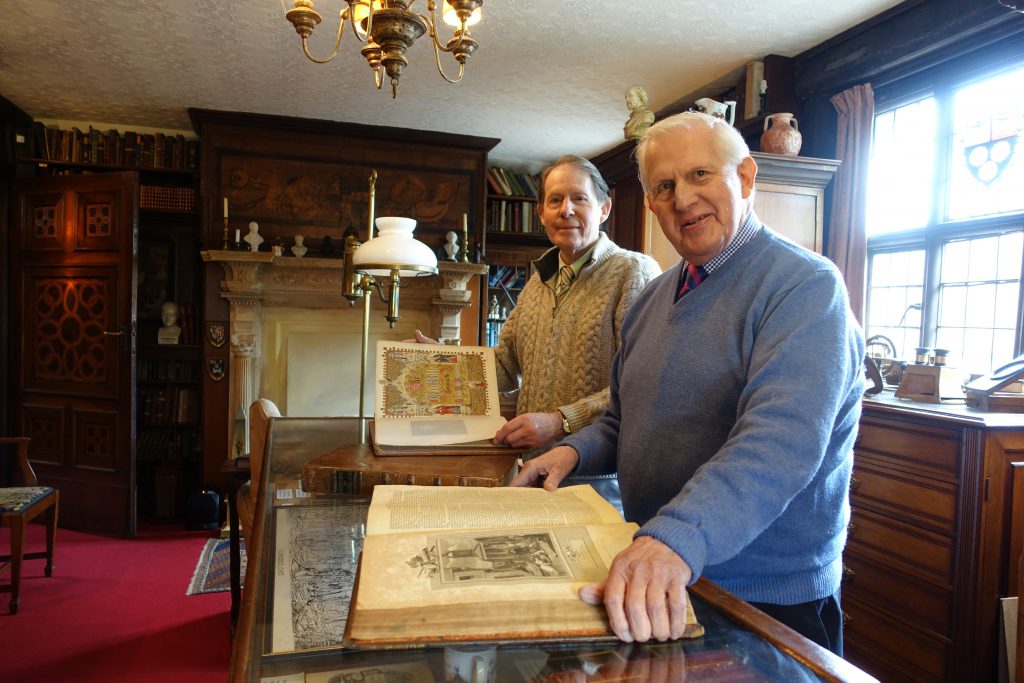
Their different gifts have blessed St Mary’s. Peter brought his experience at the British Council and his talents as a writer and researcher to the task of preserving St Mary’s. Roger, with a background in design seeded at the Royal College of Art, brought his skills as a conservator and set about restoring the property and designing the gardens. Peter’s love of music and theatre are given expression in the program of concerts and theatre which are also at the heart of St Mary’s life.
The house we see today incorporates the surviving wing from the late 15th century when William of Waynflete, the Bishop of Winchester, built a new Chapel House around a galleried courtyard. The house is a good example of the use of close set vertical timbers known as close studding which became widespread in Sussex at that time. The house would have originally welcomed pilgrims.
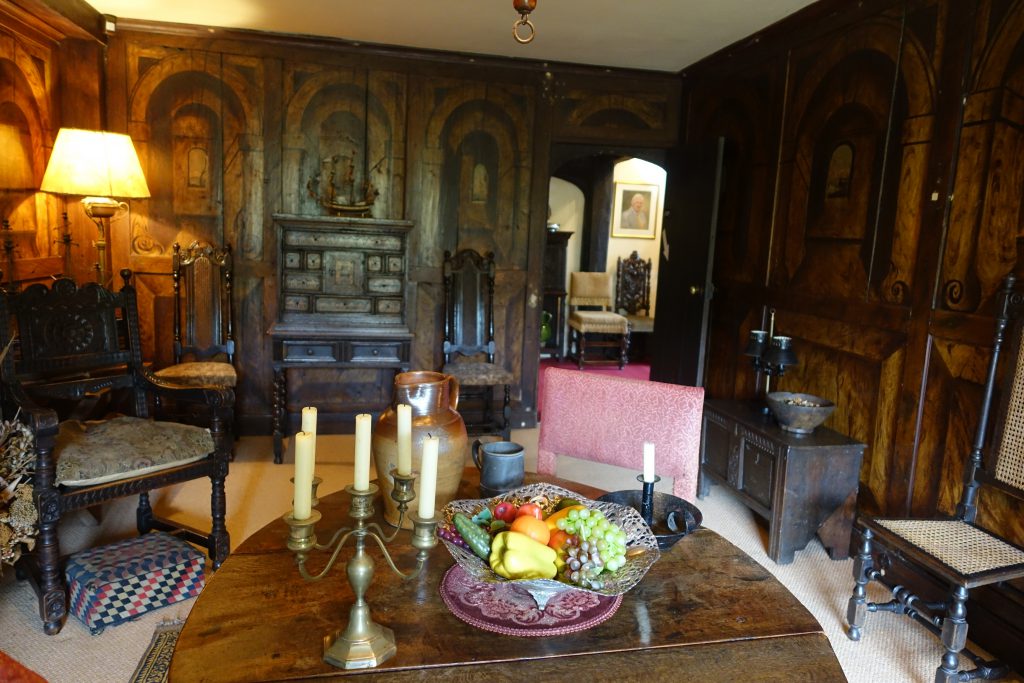
Although there is a grandeur to this wonderful old house it is very much a home informed by the passions and interests of Peter Thorogood and Roger Linton. The collections and furniture speak of their lives, families and interests. I discover them at work in the Library. They tell me about the continuing challenges of restoring and preserving this important landmark in the history of Sussex. We walk along the landing as they speak passionately about the history of the house. I am always delighted by the Painted Room with its trompe l’oeil panels. Peter explains that they are thought to date from Tudor times. The panels have beautifully painted landscapes and sea-battle vignettes.
Over the years they have inspired a team of volunteers and friends to join them. Peter and Roger have a deep sense of dedication to this place and their vision to share St Mary’s with all of us. The care of St Mary’s has become a way of life for them and they deserve our thanks.
Whether you are visiting for the first time or returning to an old friend, as I often do, St Mary’s has a particular gift of taking us out of the busyness of our own lives and allowing us to see ourselves in that broad procession of human history of which Sussex has so often been at the centre. St Mary’s House and Gardens are open to the public for the 2017 season. For further details of opening times, concerts and events visit www.stmarysbramber.co.uk.
By Rupert Toovey, a senior director of Toovey’s, the leading fine art auction house in West Sussex, based on the A24 at Washington. Originally published in the West Sussex Gazette.



